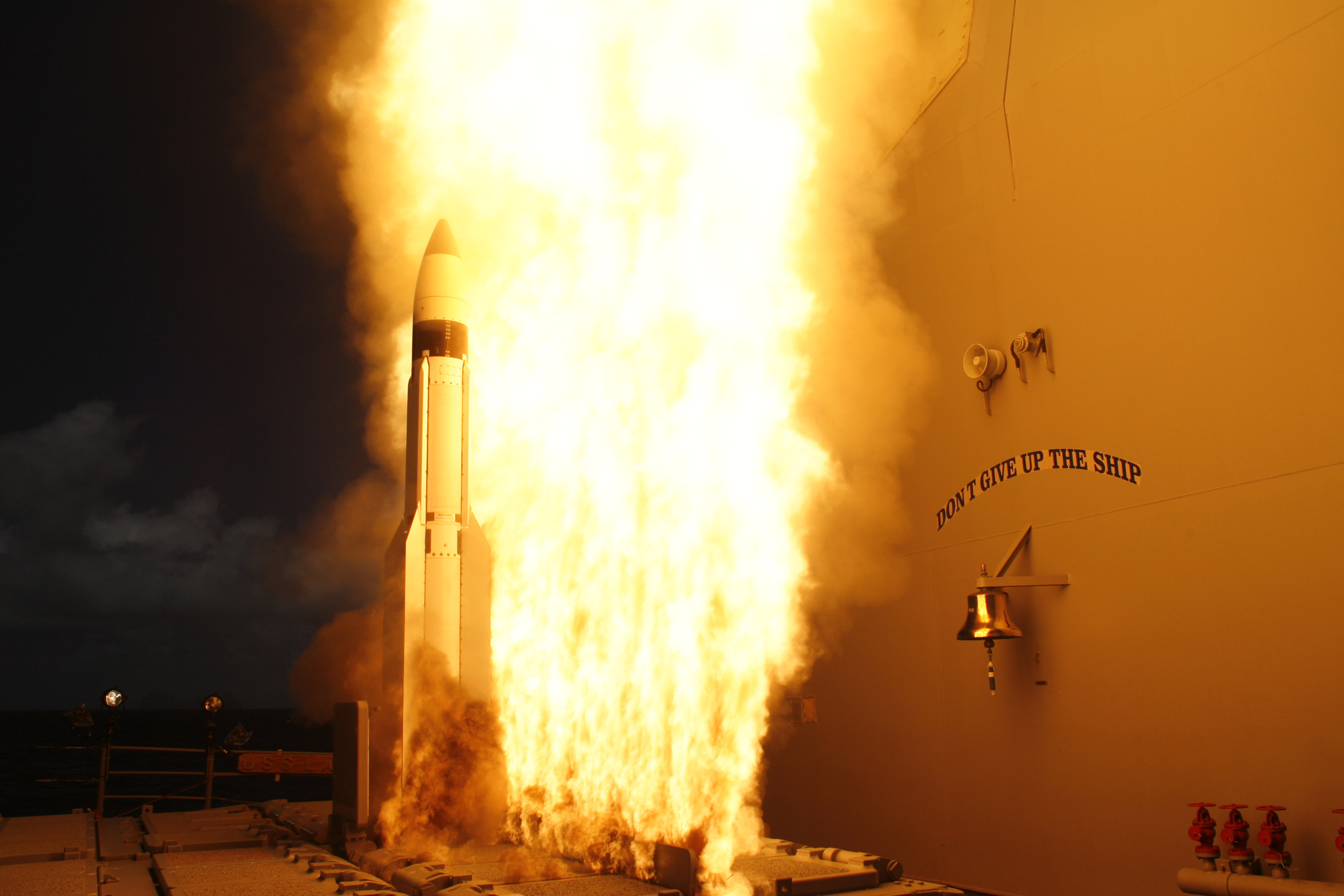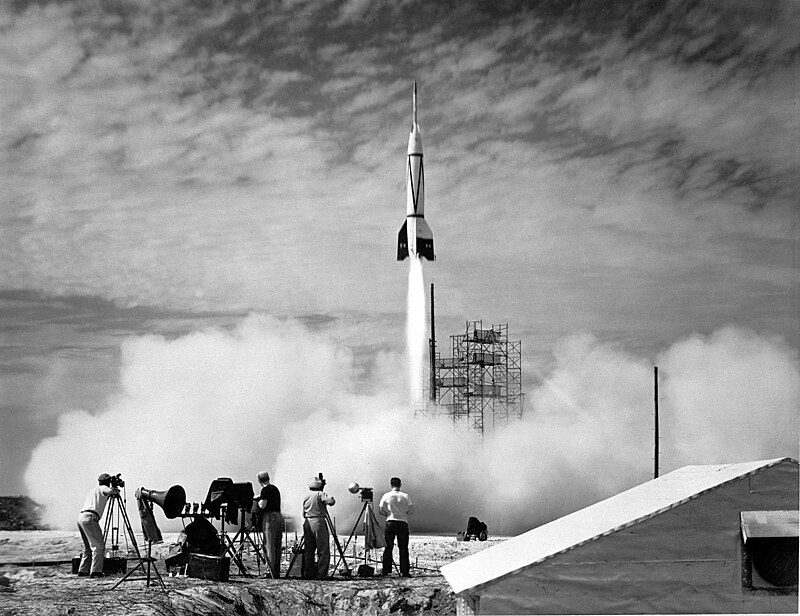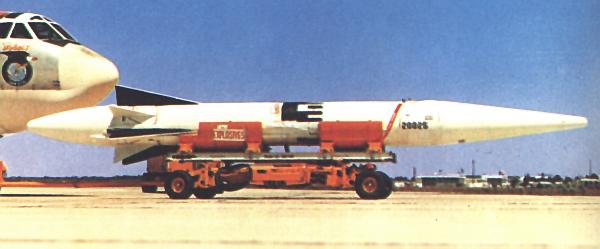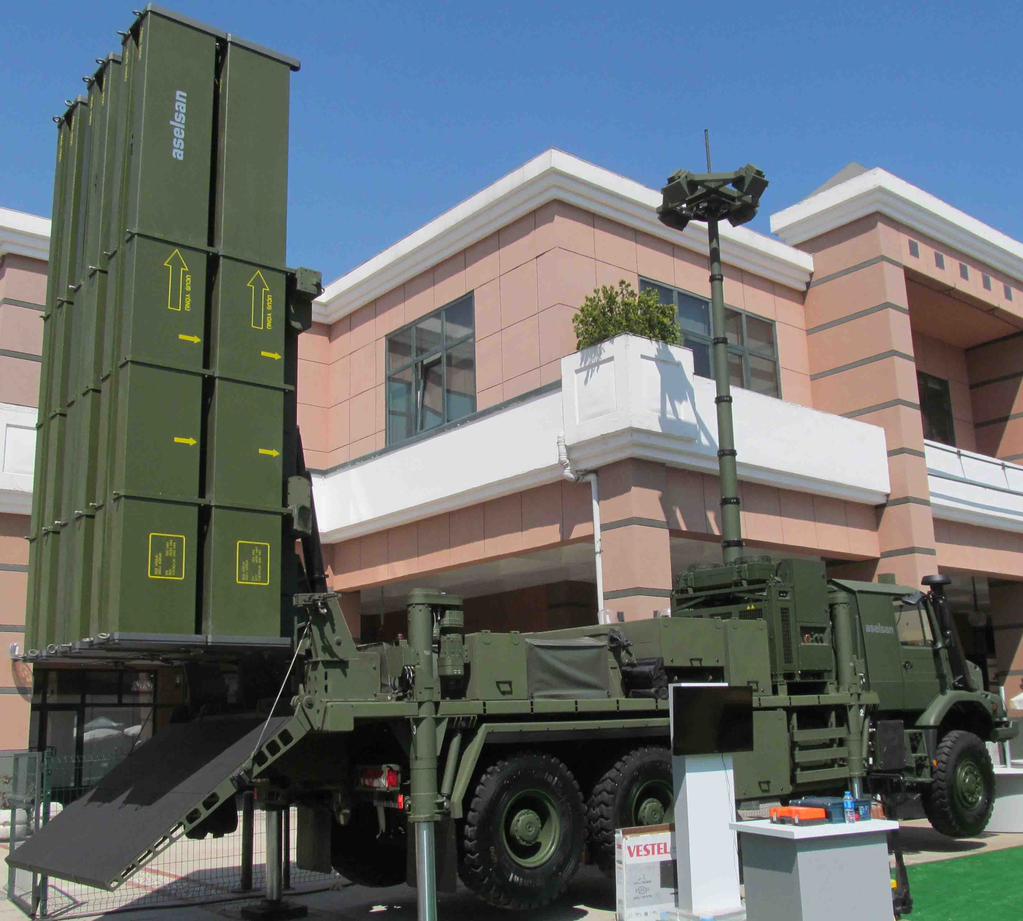Here are a couple of reasons why it is a bad idea:
1- The Structure will have to be redesigned (It's a NEW MISSILE):
The structure of a ballistic missile is designed for little lateral loads (sideways loads) but a SAM/AAM is expected to do violent maneuvering to chase an aircraft and experiences substantial lateral loads. Consequently the structure will have to be reinforced at the very least.
2- A New Rocket Motor will be needed:
Rockets are designed with specific mission profiles in mind and have specific thrust profiles. A ballistic missile will have a simple profile but a SAM/AAM will have complex profiles (and might even be staged). Some are even throttleable (hybrids). So your original NASR motor will have the wrong thrust profile. Also you will need better propellants to achieve more total impulse (product of all thrust and firing duration). Also a higher specific impulse motor's casing will have to be strengthened again leading to point 1.
3- New (Larger) Control Surfaces will be needed:
As SAM/AAM need to maneuver violently they need control surfaces (in conjunction with vectoring). You will need to add these to the NASR. Again pointing towards point 1.
4- You will need a seeker:
Let's not even think about how are where we are getting this from. Let's assume we have one. We will need to add it to the missile. You will need to make room for it.
5- Control:
Perhaps it is my bias speaking as an aerospace controls engineer but you the most difficult thing to do will be to design the control and guidance system (assuming you've taken care of all of the things above). To try to control such a drastically changing plant (the missile) which is supposed to maneuver so well (a non linear control problem) is a difficult task. And then the guidance problem is just super difficult. You can imagine even as a layman how difficult it must be to try to chase a maneuvering target in the most efficient way possible that maximizes the kill probability. This is a very difficult and advanced task to perform and USA and Russia have had decades of experience (and tonnes of research) to support their efforts. Sadly we have no such experience or research base in these fields.
As a related observation, I have noticed that in Pakistan we have a dearth of good control engineers, even in strategic organizations. Something which bothers me very much. We need to build this capability as well.
6- Seeker Technology:
I don't know much about this but I doubt we can currently produce a seeker that is resistant to countermeasures (if we do even produce one). I will not say much on this as I don't know much.
7- Sensors:
You will need remarkable sensors (gyros, accelerometers). I think we get these from China so this shouldn't be an issue, theoretically, at least.
CONCLUSION:
What we are then talking about is an entirely new missile from the ground up. Also I have speculated on the reason why we don't have AAM/SAM programs in the first place as well. These are difficult tasks. Ballistic missiles are relatively easier to design and manufacture. They are dumber than SAM/AAM. Sure there might be cases where you'd convert a SAM to a surface to surface missile but going the other way is an uphill battle. Starting from scratch makes way more sense than trying to make a substandard Frankenstein of missile. I hope I have contributed positively to the discussion





 . So sorry for the delayed response.
. So sorry for the delayed response.





















 if this kind of phrase exist)
if this kind of phrase exist)